luxating patella cats symptoms
Once the pressure is removed the dogs patella will go back into place. Grade 1 luxating patella usually comes with no symptoms.

Luxating Patella In Cats Vca Animal Hospital
Symptoms of luxating patella in cats include.

. Cats with patellar luxation may experience symptoms on and off. In severe cases the slipping from the normal position may be painful and may cause your dog to yelp. Occasional or constant limping Difficulty jumping onto things like beds and tables Skipping on a back leg holding it up for a few steps then replacing weight onto that leg.
The patella is of course the medical term for kneecap and luxation means to dislocate. A popping noise may be heard in the dogs knee. Carrying the limb up for a few steps skipping Shaking or extending the limb Lameness Bow-legged appearance where the legs curve outwards at the knees Knocked-in knee appearance where the legs curve inwards at the knees.
Your dog may get up from a lying position more slowly and carefully. Having an occasional hiccup in their step is one thing but experiencing intermittent pain in their leg due to long-term luxating patella and having it develop into severe arthritis is altogether different and needs to be dealt with. Common symptoms associated with patella luxation include.
In this case your dog may start limping or holding the affected leg up. Luxating patella a painful condition in which the kneecap slips out of position is common in smaller-breed dogs but can also occur in larger dogs and cats according to veterinarian Roger Grothaus. Symptoms If your cat is limping or seems off as he moves he could have a luxated patella.
Patella luxation is usually characterised by a skipping or hopping lameness where the dog or cat will hold their leg up for several steps whilst running and then return to normal. While small or toy breeds such as Chihuahuas Yorkshire terriers and Pomeranians are the most prone to a luxated patella this orthopedic condition can affect all breeds of dogs. Sudden lameness traumatic or intermittent lameness affecting one or both of the hind legs As the cat walks he may skip or hop on the affected leg or frequently pull the rear leg up towards the body Reluctance to jump and climb.
Luxating Patella in Cats. In congenital and inherited cases it is usually seen as a bilateral disease affecting both hind legs and can result in limping bunny hopping or hind-limb collapse. Symptoms Cats with mild patellar luxation may not display any signs particularly with congenital patellar luxation.
In very mild cases there may be no symptoms. Conversely high grade patellar luxation usually requires surgery. Cat knee surgery can be expensive as it is usually done by an orthopaedic specialist.
With a medial luxation the lower part of the leg will usually be held out to the side as long as the kneecap is out of place. The patella connects the femur and the tibia and is normally located in a groove called the trochlear groove found at the end of the femur. Difficulty extending the limb.
You may notice your dog skip a beat as they walk. When both legs are affected you may see bunny hopping or dragging of the legs for short periods as well as a stiff and awkward gait. Sometimes a luxating patella can be treated with physical therapy and.
May be other concurrent pelvic limb abnormalities eg hip dysplasia. The dog will be in pain. What are the signs of patellar luxation.
Acuteintermittent unilateralbilateral hindlimb lameness usually non-painful unless patellar cartilage damageerosion has caused synovitis. In the veterinary world kneecap dislocation in cats is termed feline luxating patella. The patella will luxate or slip out of the groove during extension of the leg if the trochlear groove is too shallow if the cat is bow-legged or cow-hocked or if the.
Cats can also be prone to patellar luxation. This may also be caused either by injury or is congenital. The patella or kneecap normally sits in a groove at the lower end of the thigh bone femur and slides up and down in its groove when the knee flexes and straightens.
A luxating patella in which a kneecap moves out of its normal position is a very common occurrence in dogs. The dog will avoid bearing weight on the affected leg. As the patella moves in and out of the groove it can wear holes in the cartilage of the patella itself and in the ridge that it rides over when it luxates.
Even if hes not limping keep an eye on him if hes much less active than usual or isnt jumping up on his favorite windowsill or other preferred perches. A luxating patella is a kneecap that pops out or moves out of its normal location. Four grades are used to evaluate the severity of the condition notes Dr.
The kneecap can shift toward the inside of the leg termed. The signs of patellar luxation include intermittent on and off lameness an unusual skipping on the affected leg when the cat walks or runs or difficulty in jumping. Surgical repair is indicated for grades two through four the.
He might appear to skip on that hind leg. Management of patella luxation Management of patella luxation is dependent on the severity of the luxation. Starting with grade 2 symptoms start to show up.
A luxating patella will cause the feline to display an unusual gait as the knee joint cannot function as it would normally. Pain in the cat. Signs may be episodic with intermittent luxation or permanent with complete and persistent luxation.
Common signs of luxating patellas include. The knee joint may lock up in an abnormal position causing your dog to walk on 3 legs. But in dogs with a luxating patella the kneecap shifts and dislocates outside of this groove when the knee flexes.
The typical clinical signs include lameness skipping on the affected leg and an unwillingness to jump If caused by physical trauma the clinical signs of. In these cases the vet may recommend that the knees are checked during routine appointments such as for vaccinations for signs that the problem is worsening or that the pet is in any pain. Those with a grade one luxation may simply need some supportive care rest and medicine.
Indeed surgery for a luxating patella can be cost prohibitive for some owners. Clinical signs of pathology. The main symptom of luxating patella is an intermittent hopping on the limb when the patella pops out of place.
Symptoms of a Luxating Patella. The kneecap is loose but will only get dislocated once pressure is applied.

Surgical Correction Of Patellar Luxation In Cats Today S Veterinary Practice

Luxating Patellas Pathology And Treatment Options Today S Veterinary Nurse
Patellar Luxation Marshalswick Veterinary Surgery
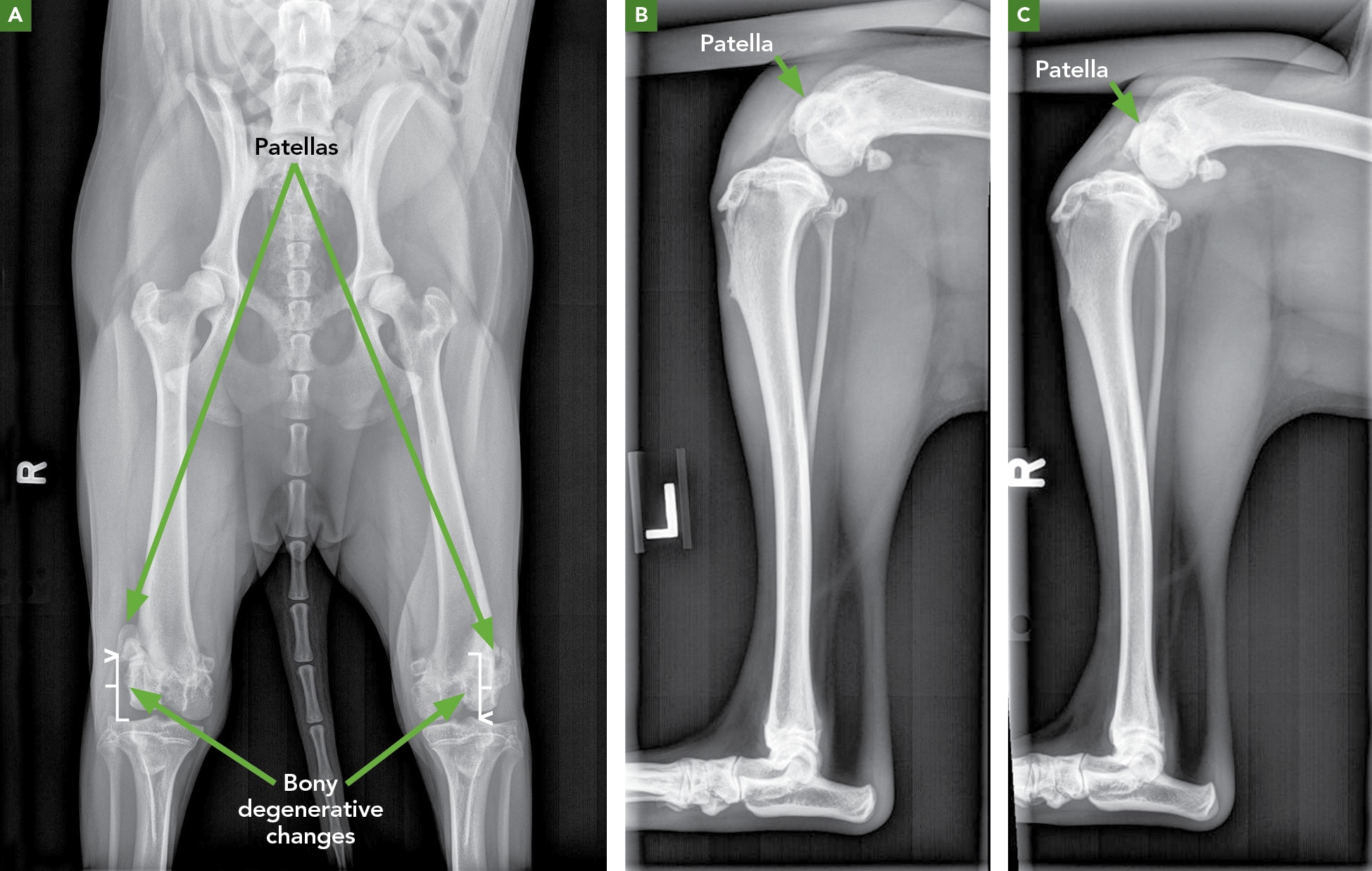
Luxating Patellas Pathology And Treatment Options Today S Veterinary Nurse
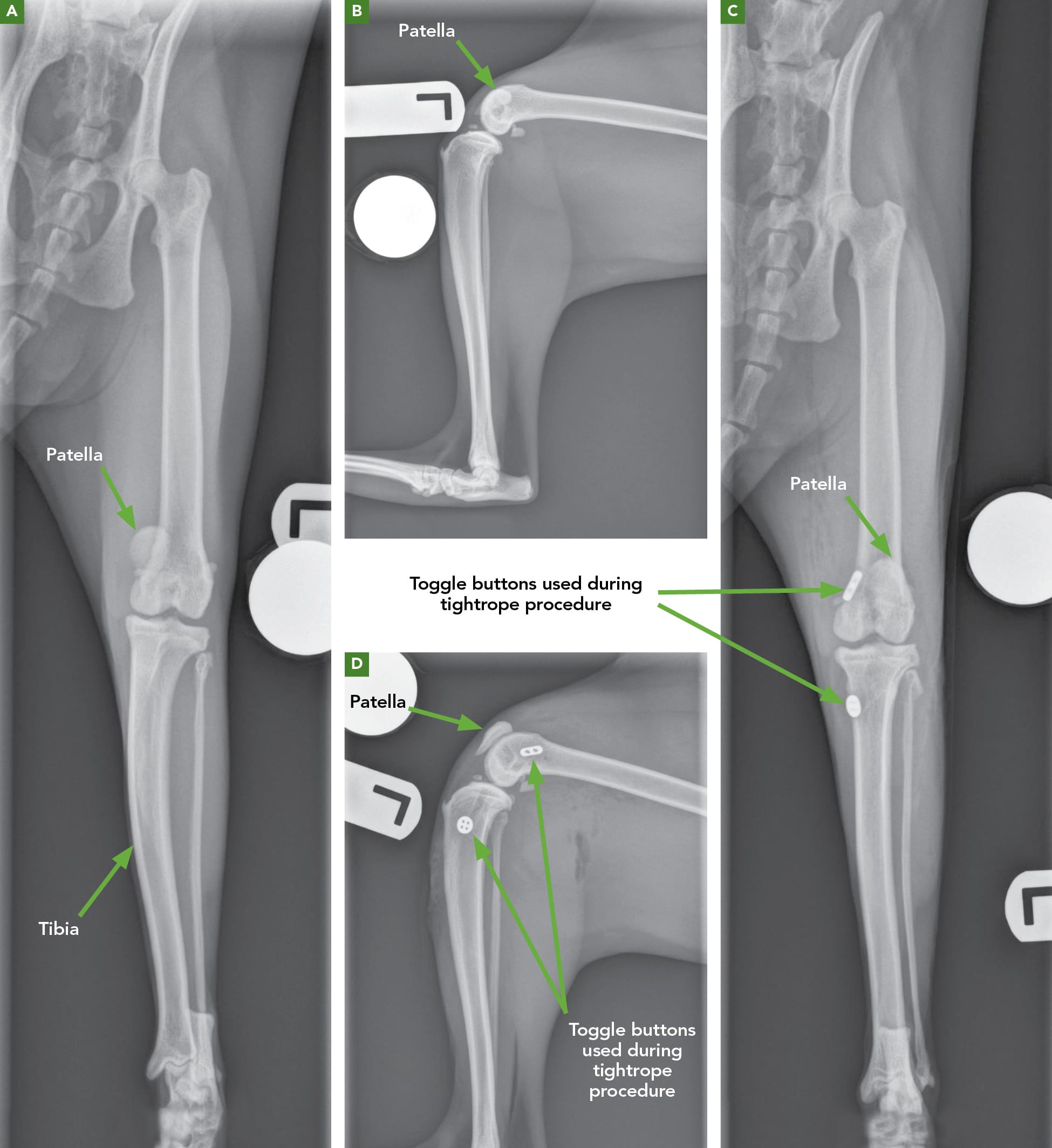
Luxating Patellas Pathology And Treatment Options Today S Veterinary Nurse

Luxating Patellas In Dogs And Cats Small Door Veterinary
Luxating Patella Causes Treatment
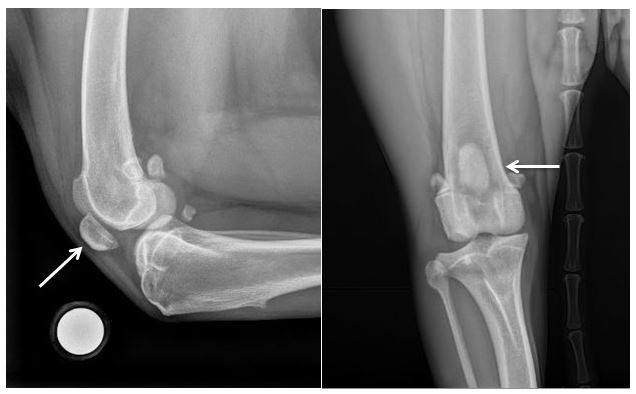
Patellar Luxation Pawsitive Steps Rehabilitation Therapy For Pets Troy Mi
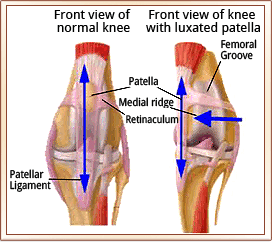
Patellar Luxation Metropolitan Veterinary Associates
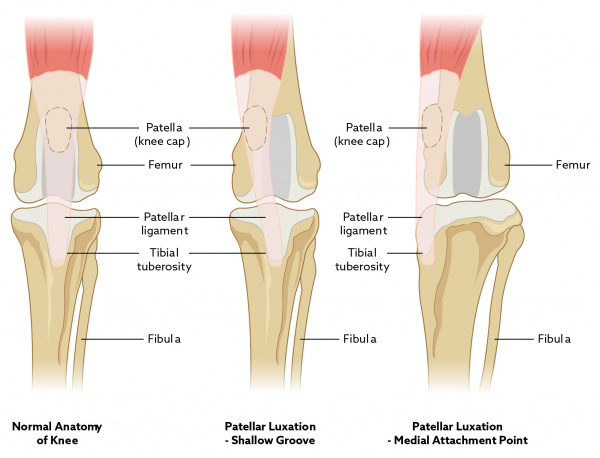
Luxating Patella In Cats Vca Animal Hospital
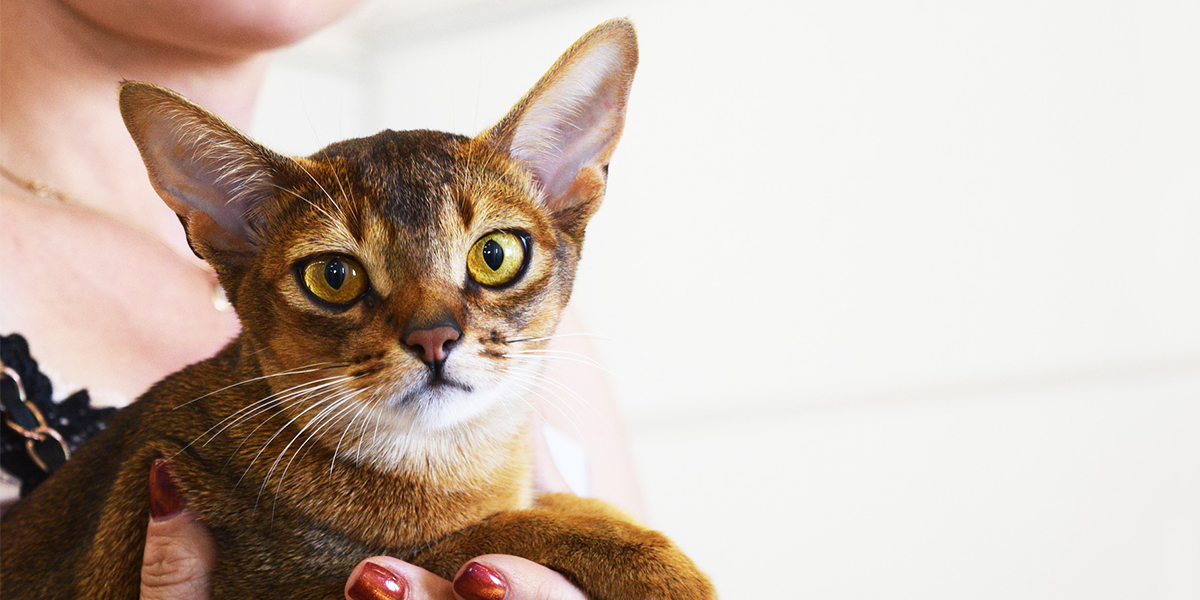
Patellar Luxation In Cats International Cat Care
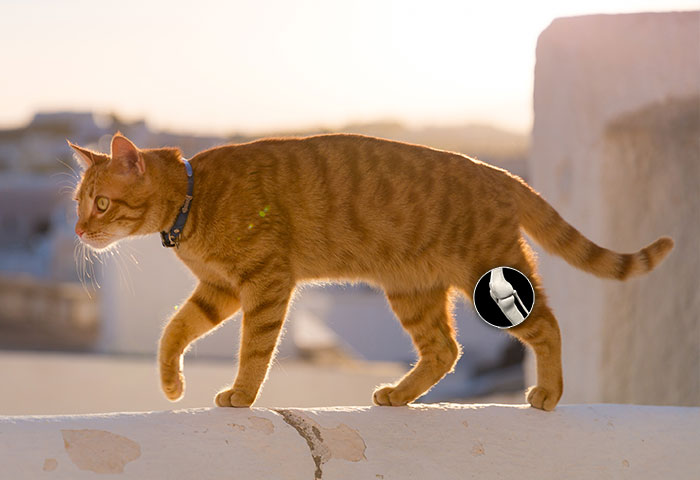
Feline Hind Limb Knee Injuries Packerland Veterinary Center

Luxating Patella In A Cat Youtube

Jade S Double Knee Patella Luxation Youtube
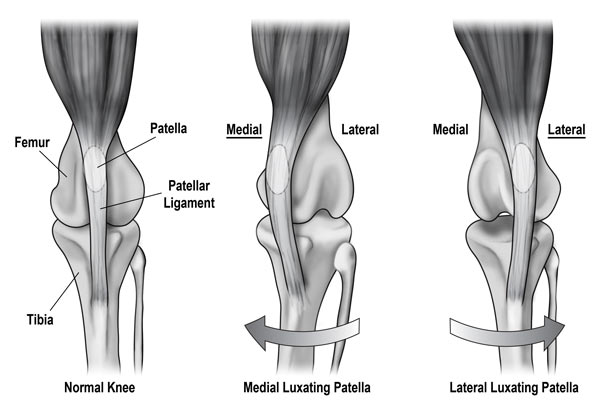
Patella Luxation A Common Orthoapaedic Problem Albert Park Vet
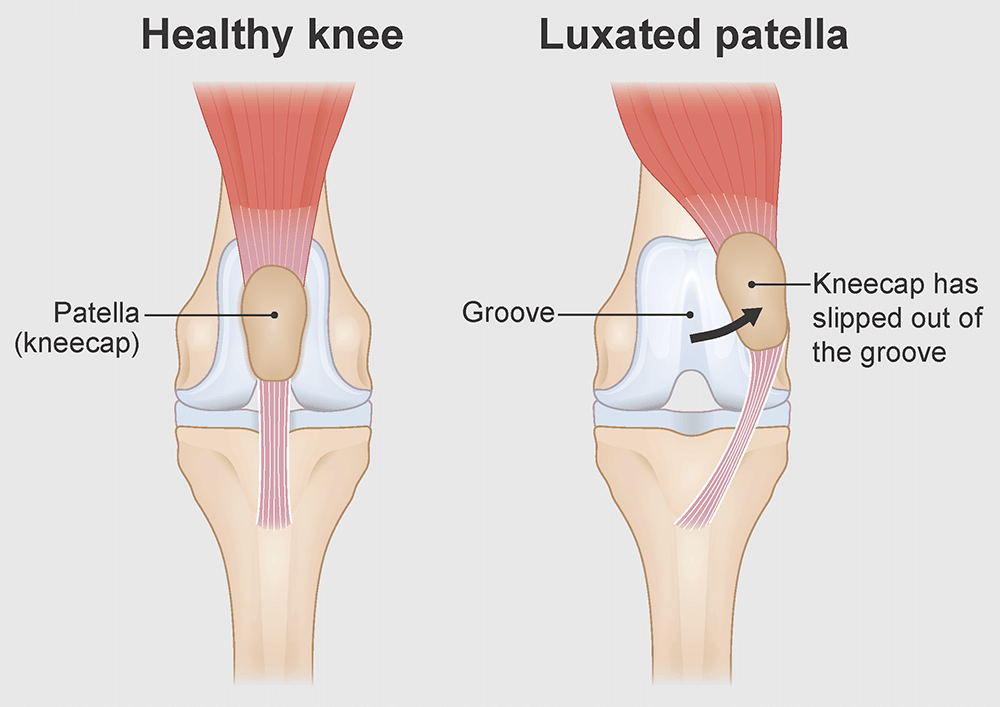
/GettyImages-638142640-a73f293767c5407bb1dd827e00e739b4.jpg)

